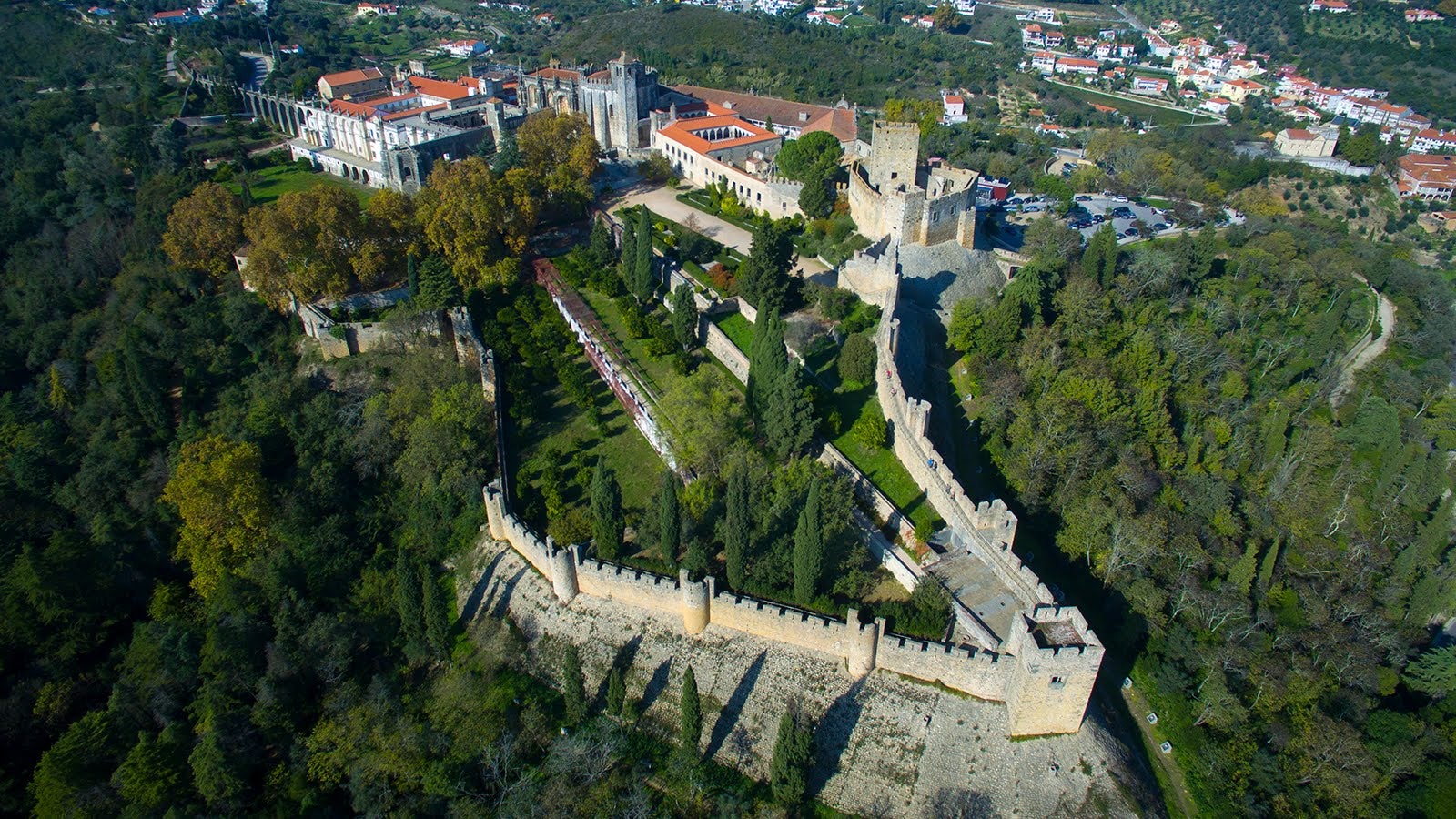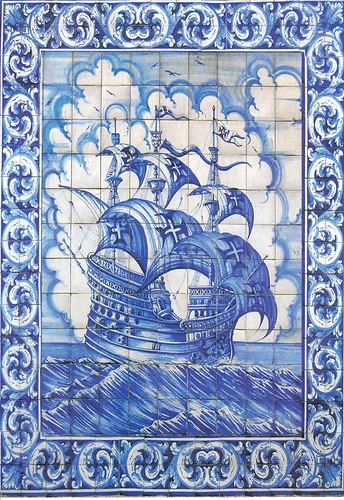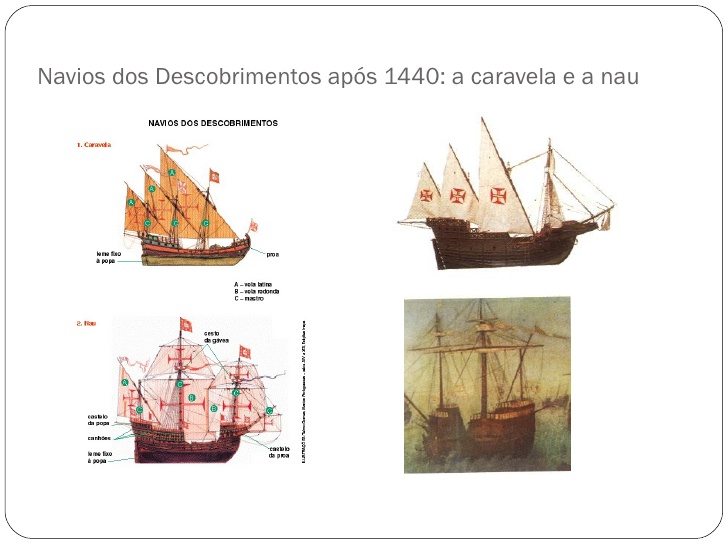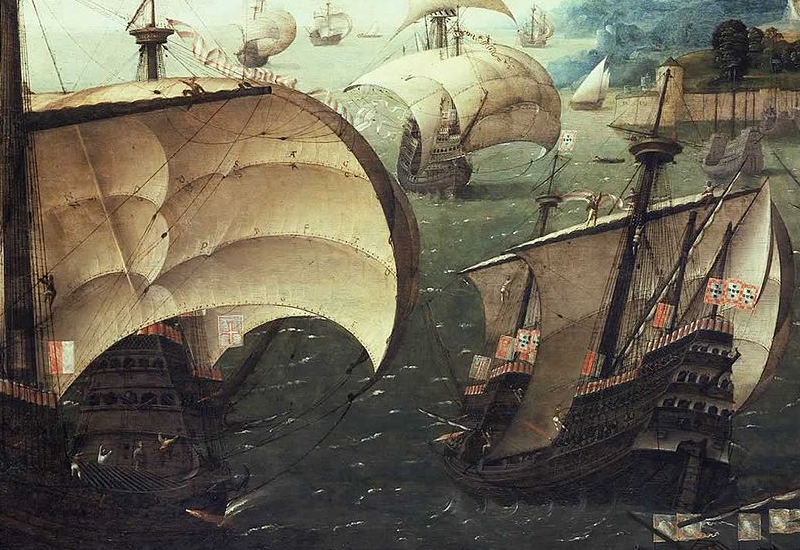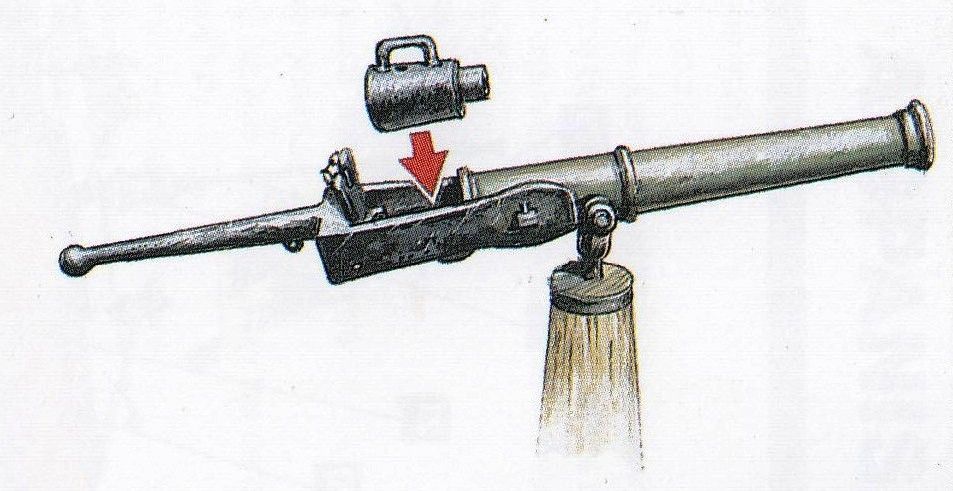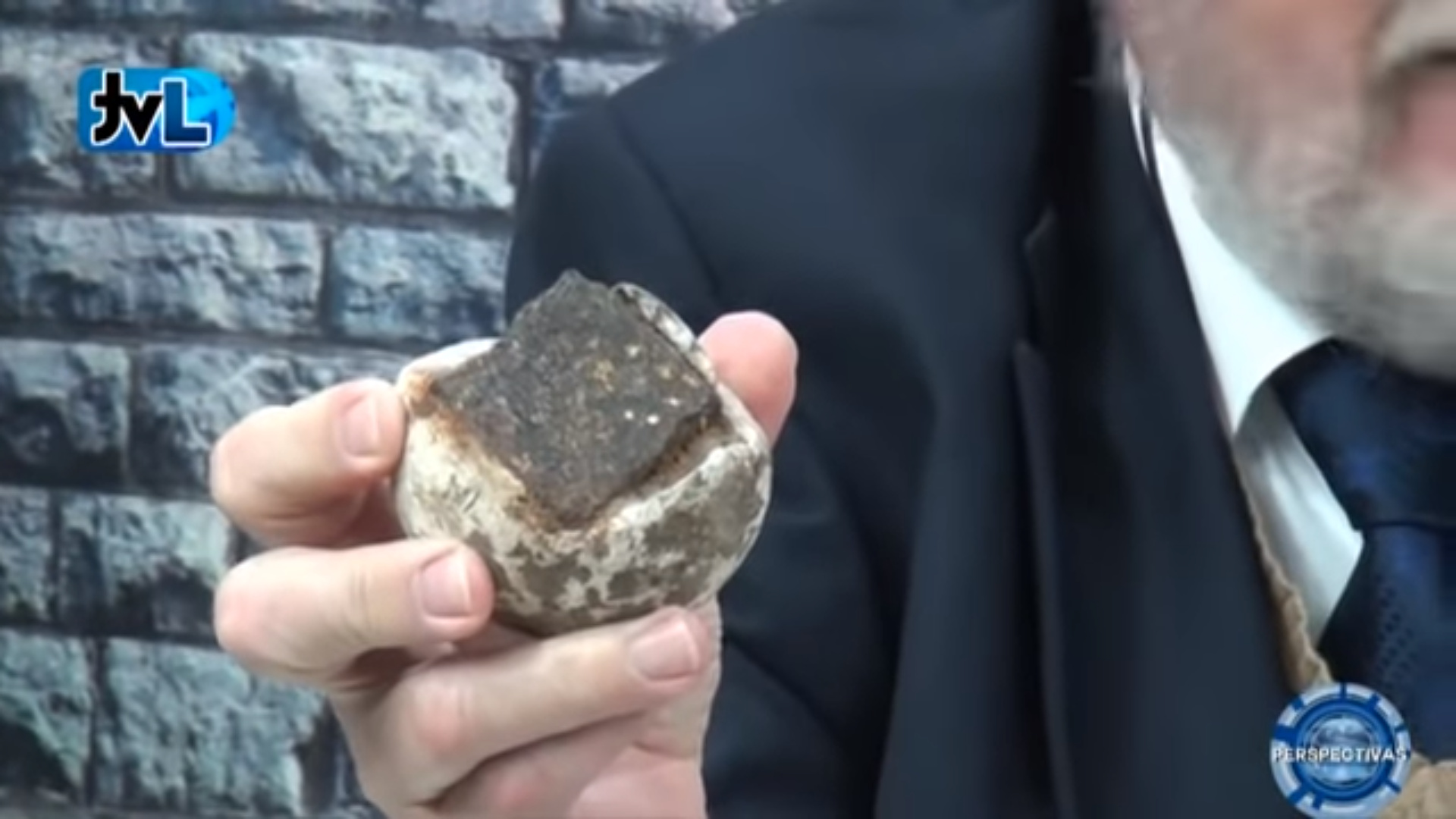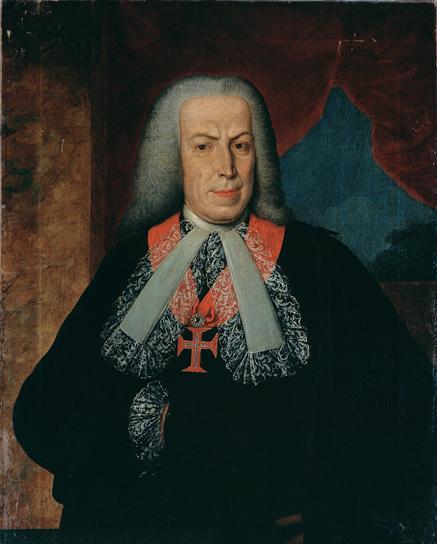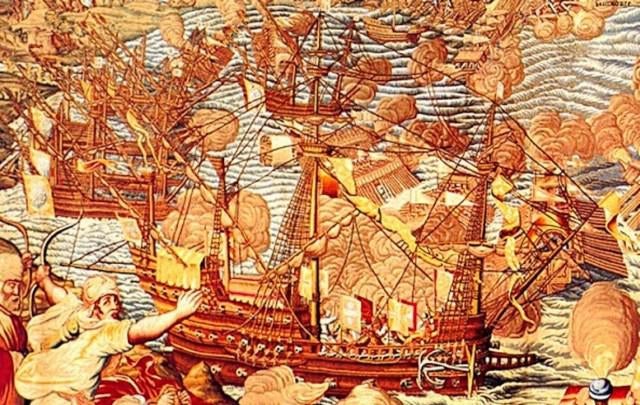The portuguese were meant to be a gunpowder/water civ
however they seem to be really mediocre and poor at both at top level. They are never picked in tournaments…
Why ? because in most situations other civs have in their averall package better bonuses and advantages which totally makes the fact to pick portuguese not worth it. The portuguese pick is only good in team games or in exceptionally rare situations at pro level.
examples :
On most water and islands maps pros use :
- Italians
- Korean
- Vikings
- Persians
- Japanese
For Gunpowder :
- Turks
- Spanish
- Italians
- Indians
I don’t ask for Portuguese to be the best civ at gunpowder or at water but to give them new bonuses which widens the situations where you want to pick them. Extend their viability and make them Great in more situations.
In my opinion Given the historical facts about medieval portugal this civilisation should at least be in the top 3 picks for WATER MAPS at pro level.
Why ? because at the end of middle ages (imperial age in aoe 2) portugal had the best navy in the world to the point that the spanish emperor Carlos V which was the most powerfull european king in all the history of middle ages (was the ruler of spains, italy, holy german empire etc…) used the portuguese Navy as its own flagships.
The game includes the took of Tenochtitlan by the spanish in 1521 in its own time frame. The portguese domination on the seas predates the era when spanish discovered the americas and it began in 1471 with the took of asilah and lasted until 1575. So it is right in the time frame of the game. Portuguese dominated the seas since 1471 while when spanish began to copy caravels colombus only reached amercia in 1492.
Portugal had only 1 million inhabitants but was able to create the tenth biggest empire in history. How ? they had a huge technological advancement in their Navy and with gunpowder weapons.
here is a map of the portuguese empire during it’s golden age. The green zones had fortresses and outposts. The blue Zones were the seas under portuguese control and domination between 1471 to 1575 (After this period the dutch and the spanish navy took over). Which means that the portuguese navy and portuguese fortresses controled those blue areas and that without any agreements with the portuguese crown if you were caught disturbing their activities or trying to break their trade monopoly you would be destroyed because of the technological advancement of the portuguese navy :
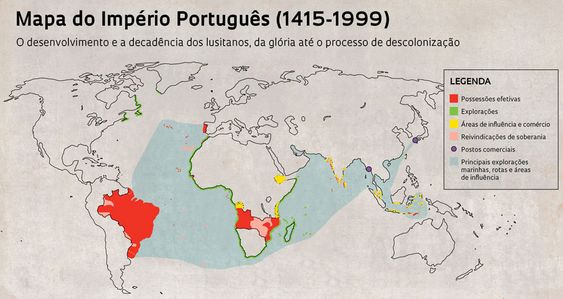
Here is an historical essay to help you understand the portuguese civ and for your culture.
Historical Context
The portuguese invented the caravel and the high seas carracks which were called Naus. They also invented the first galion which was the Botafogo and was used by the emperor Carlos V of spain to conquer Tunis (he was the most powerfull european monarch to have ever lived during middle ages). It all began whith the Ummayad callifate which had good fishing boats. Portuguese were a mixture of different people and ethnic groups over time and history including arabs, germans, franks, celts and Romans. That’s the reason why in the north of the country you can have a lot of blond and brown hair people with nordic aspects and in the southern alentejo people look more like arabic spanish mixture. When the Burgonds (the son of Henry le Damoiseau) founded portugal they adopted those fishing ships and improved them. They became viable for navigation accross the shore in the atlantic and they were quite good. Because Henry le Damoiseau was one of the yougest sons of the king of burgondy he had not a lot of heritage, Portugal was one of the poorest countries in medieval europe.
A portuguese Castle Carrack which were ships called Nau
Genoa and the powerfull and the great Ottoman empire had the monopoly on the Silk Road and they earned tons of silver because of this (in europe before america was discovered most of the expensive goods were paid with german silver, gold was still extremely rare). Portuguese had the idea to break this Monopoly and to create a sea silk road which would be cheaper and safer.
The King Henry the Navigator decided to improve the portuguese fishing boats and to organise an expedition to india by seas. However the king was too poor to accomplish this feat. Portugal was lucky because in the past they decided to save the order of temple from the king of france and from the Pope. Most of the remaining templars lived in Portugal and some even say that they brought a good amount of their treasure to their portuguese fortress in Tomar. Some portuguese and american historians even think that the Graal was brought by the templars to Portugal. Why ? Portugal was not the real name of the country during medieval times. The country was called PortuCale the Port of the city of Cale. However when the templars arrived the name of the country became Portugraal = Portugal.
Here is the last known home of the templars : Tomar
What happened is that Henry the Navigator was a templar too and the order of the temple decided to finance those expeditions. That’s the reason why portuguese boats had a templar cross on their sails. The order of the temple became the order of christ.
Henry was not a dumb King. He knew that for those kind of expeditions he would need new technologies, new knowledges and this required to create universities and schools. He created a Naval School/University in Sagres which gathered a lot of specialists from around the world. In fact it was the first international school making research about maritime exploration.Creating such a school was extremely expensive at the time. Many experts in shipmaking came from europe mainly, byzantine, venetian and genoese naval experts. Those combined their knowledges with the portuguese knowledges and their fishing boats. The caravel was born and it was a little fast ship which was very good for traveling the seas. When the portuguese learnt that bartholomeu dias was able to cross the cape of good hope they began to improve medieval carracks and created the Nau which was a big castle carrack loaded with hundreds of swivel guns.
Here is a mistake that the age of empires devs and historians made : the caravel was only an exploration ship like a scout, the warships were the Nau. Nau comes from Nautillus which gave the noun Nautical. The Nau were the ancestors of the Galions and the evolution of the medieval carrack. Here you have the differences. Caravels were tiny fast boats. Naus were heavy slow and big ships with a huge shell to be able to transport spices and goods. It at many decks (3 to 9 ) generally 2 to 3 castles and hundreds of artillery pieces. They were floatting castles and fortresses.
Unfortunately Portuguese lost all their Nau and archeologists can’t find military Naus the only way we can approximate what they did really look like is with paintings and the writings. Most of plans disappeared during the Lisbon earthquake in 1755. Most of the Naus are under the seas and the remains are not sufficient to make an average representation. Some universities in the US tried to recover some remains of a shell but it wasn’t quite enough to know what they exactly looked like.
The Portuguese Navy and why it was the best of the late middle ages
Doctor Rainer Daehnhardt says that portuguese introduced heavy artillery on boats while in medieval times people thought that using a big canon on a ship would make it capsize. Henri the navigator was the first to recommend testing of heavy artillery on ships (small canons were already used on ships but not heavy artillery).Portuguese used 3 kinds of bullets and canon balls. Stone because it was cheap and if you had a stonecutter in your ship it was easy to resupply amo. Iron was used but had logistic disaventages because of the manufacturing process. Lead was the inbetween because it wasn’t this difficult to manufacture. Portuguese artillery was develloped by renown German engineers. Those were poorly paid by the elites of the Holy roman empire. With the money of the templars, portuguese offered better living conditions to those. They moved to portugal, some of them married portuguese women and their sons continued to develop portuguese artillery. This was a long term process.the king Dom Joao 2 was well aware of the turk fortresses canonballs making sometimes ricochets and having devestating effects on ships. He asked himself if it was possible to do the same thing from a ship. Studies on the positioning of the canons were made to ensure that the cannonbal would ricochet each time and this technique was developped for ships.
Portuguese had a big issue. They wanted to conquer new lands for gold and ressources, however they lacked population. In fact portugal during those times had barely 1 milion in terms of population while spain was at 9 milions, kingdom of france had 19 millions, England had 3 millions, the ottoman empire had 11 millions.
In fact portugal was a dwarf in the middle of Giant and rich kingdoms.
So portuguese had to develop new fighting methods which had to be very efficient. They had to develop new technologies and non conventionnal ways of fighting otherwise their dream of being big would never become reality.
Those Naval schools helped a lot portuguese. Why ? because usually War galleys and carracks had the soldiers plus the navigators. The portuguese schools taught soldiers how to be sailors and navigators so they were versatile. You wouldn’t lose military power for transportation needs now.
Because portuguese lacked numbers they began to use breech-loading swivel guns. Swivel guns were small canons wich you could quickly reload. However because the cannon wasn’t totally hermetic you would lose a lot of power compared to a classic casted on piece canon. Portuguese didn’t invented swivel guns, however they were one of the first countries to use iron for mass production.
Portuguese were drilled to use those. A venetian monk said that the time needed for a turkish canon to fire one shot the portuguese had already fired 6 shots. However portuguese needed fast and powerfull guns. High class Portuguese boats usually had around 100 of those one board. One example of the advanced tech superiority was the battle of Ormuz when 3 portuguese ships defeated 50 heavily armed merchant ships and 200 light ships. When we talk about heavy merchant ships those were usually war galleys which were used as trading ships.
Doctor Rainer Daehnhardt tested portuguese and turkish naval artillery of the same era (not ground artillery). Portuguese breech-loading swivel guns had a range of 1800 meters while turkish canons on the ships had a range of 700 meters. So how did the portuguese managed to get higher range with their swivel guns in comparison with the one piece hermetic turkish canons ?
So here is the biggest secret of the portuguese military success between 1500-1600. Very few historians know this and i’ll say it is one the best kept military portuguese secret. Portuguese knew that breech-loading swivel guns were the solution to the fact they were less numerous. They needed high firing rate however they had to keep the power of a traditional canon.
Portuguese invented the bimetalic cannon ball. They made a squared iron cannon ball and they casted over it a round layer of lead. They made this bimetalic cannon ball wider than the cannon muzzel. The caliber of the cannon ball was bigger than the one of the cannon. Why did they do this ? Its simple lead is malleable. Despite the cannonball being too large they forced it into the cannon.
Because the cannonball was too large it created a huge amount of pressure. When the cannon fired the lead melted and allowed the squared iron ball to fire with unusual high pressure. What made it very efficient is that this invention allowed tiny cannonbals to make more damage than the common sized cannonballs. And what was incredible is that it could even outrange hermetic closed cannons. However there was some dangers in this technology because if the cannonball was a little bit too wide the cannon could completely explose and kill many men. That happned many times however the efficiency of those was too great to be neglected.
Some of those inventions were totally secret which means only high officials and the royal family knew about them. Portuguese soldiers viewed those canonballs just as usual lead cannonballs and if they learnt about the process of manufacture of those they would keep it a secret. Portuguese ennemies tried to duplicate the technology however they only found squared iron blocks and never guessed about de lead layer. Even if they found the lead layer they never thought about the calliber differences.One upgrade that portuguese made was on their arquebuses. They used common german style arquebuses however with the rain and the wind on the seas it was difficult to keep the fuse alive. As a solution, portuguese invented the use of silex on the arquebuses 70 years before it was spread and massively used in europe.
Germans invented the early prototypes of arquebus that’s the reason of why portuguese invited a lot of german master gunsmiths to live in Lisbon. Which is interesting is that those germans improved their work because of the needs and issues the portuguese encountered. They invented high quality rotating barrel arquebuses. Some of those weapons might look like pure absurdity, however portuguese were not a lot in terms of numbers. They needed good firing rate weapons. That’s the reason portuguese used a lot of organ guns and weird multi cannon firearms.
At the beginning portuguese didn’t seek to colonise african countries they only created outposts and fortresses across the shore in Africa to control their roads and for the supplying of their ships. its only when portugal discovered Brazil that they began to colonise africa and america and that the horrible slavery began. Why ? because portugal had only 1 million inhabitants and they needed workforce to extract gold and for agriculture in Brazil. Despite all the horrors which happened to the african slaves some were lucky notably one which became a samourai and a noble in japan when the portuguese brought him to nobunaga (yasuke the first and only black samourai which came from Mozambique. No that’s not a Legend). Feitorias were used to trade goods. In fact what happened is that investors came to lisbon to prepare expeditions, then the goods were brought to Anvers where it was sold in exchange of german silver. the first expedition to India with Vasco da Gama brought to the portuguese crown 800% of profits despite losing several ships during the trip.
Portugal was quickly confronted to Genoa and to the Ottoman empire which wanted to avoid to lose their monopoly on the silk road however Portuguese advancements in their Navy and with gunpowder made them intouchable at seas and those 2 superpowers weren’t able to stop the naval expeditions. Portugal became one of the wealthiest kindoms in europe. Lisbon became the wealthiest city in europe in the late middle ages because of the spice trade and because of the brazilian Gold. How did this happen ? a lot of rich merchants and royal relatives accross europe moved to lisbon after Genova lost their monopoly, even the spanish royal family had palaces in lisbon. the city was called the eyes of europe, where discoveries and trades began. However spain quickly took example on its little neighbour and with more population and the discovery of new ressources rose at the top. The dutch took over the indian and spice trade. And finally England came to the game and raised to the top too.
Portugal became so rich that until the 1755 earthquake which destroyed Lisbon. The city was considered the city of the wealthy people. It was in europe the city with the biggest number of wealthy people per surface. After the earthquake religious began to say that because the city was so wealthy and ruled by money opullence and orgys that God punished Lisbon. Autodafés began and rousseau wrote Candide. This event was shocking because it was one of richest and most advanced cities in the world which was destroyed and that is the reason a lot of renown men of letters like Jean-Jaques Rousseau wrote about it.
Here is the Story of one of my favourite Portuguese Historical figure which is a litteral badass.
When Lisbon was destroyed by the 1755 earthquake The Marquis of Pombal an influent noble decided to restore Lisbon. For this he had to get rid of the jesuits and the religious extremists which were blaming and cursing the city of Lisbon. When he began to restore Lisbon he decided to create a modern city based on the thinking of the french philosophers of the revolution française and he decided to create Big Avenues. When he made those big avenues he had to destroy completely remains of buildings and not everyone was ok with this kind of modernization : people living in Lisbon told him :
" If you come back to our land (the city of Lisbon) we will arrest you and kill you "
This man wanted so much to restore Lisbon to its glory that he asked his men to take a cart and to fill it with Dirt from his Homeland Pombal. He then came back to Lisbon traveling and standing on the Dirt and said :
" See I’m still on my Land "
He also had some influence in the creation of the portuguese wine : Porto
Here is a picture of the first known Galion in the world the Botafogo (the spitfire) which was used at the took of Tunis by the holy emperor Carlos V. built in the 16th century, around 1534, considered the biggest and most powerful warship in the world at the time.
This ship could carry 366 bronze cannons, and had an artillery power of 1,000 tons.
Should Portuguese recieve a buff to their Navy or any kind of buff which makes them a good and competitive pick at pro level on water Maps ?
- Yes
- No
0 voters

